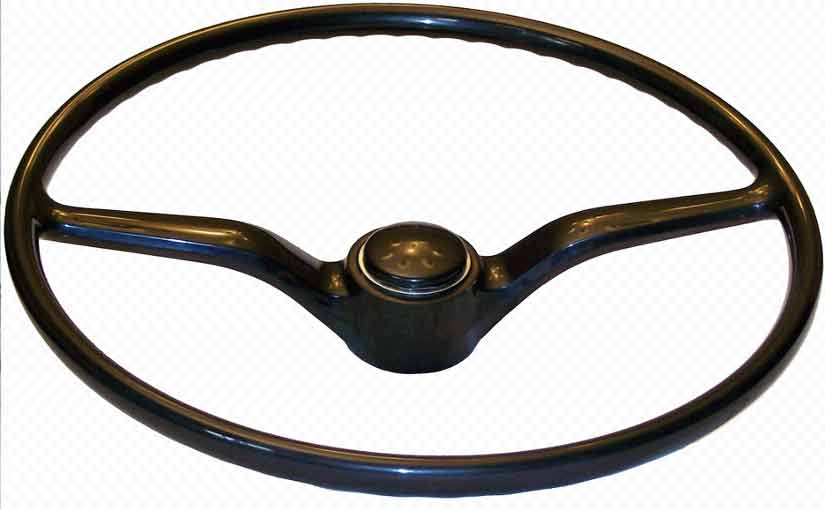Today we will briefly discuss lateral line enzymes and the effects they have on septic system lateral lines. Lateral lines in the septic system are found in the drain field in your yard. These are pipelines that are perforated at the bottom to help distribute the effluent equally into the entire leeching bed. It’s connected to the distribution box. You can fairly say that the condition of the lateral lines could also make or break the entire septic system. This is the endpoint of the wastewater flow. If there is a blockage here, the outgoing pre-treated effluent is not going to be purified. It will only back up into your home and onto your yard as a pool of disease-causing microorganisms and pollutants.
To make sure that you have healthy lateral lines in your drain field, you should observe the following practices:
- Relocate hardwood plants to areas away from the lateral lines
- Remove all vehicles and constructed structures situated over the lateral lines.
- Avoid using antibacterial solutions and harsh acids and bases in cleaning the house
- Avoid throwing grease and non-biodegradable materials into your drains, sinks, and toilets
- Divert the rain gutter away from the drain field
- Avoid using the washing machine and dishwasher simultaneously if you don’t have a dry well
- Do not wash clothes in one large bulk once a week
If you are guilty of not following the aforementioned practices, then your lateral lines and entire septic system might already be in jeopardy. Clogging and physical damage are two of the main causes of lateral line and septic failure. If the proper use and care of the septic is not performed, thousands of dollars will be spent for a new septic system. You also have to allot more of your time to ensure that the same mistakes are not made twice.
Part of maintaining your lateral lines is to keep a clog-free channel for the outgoing effluent. Some homeowners believe that administering lateral line enzymes would allow a smoother flow of wastewater. Enzymes are categorized as biological additives. They are naturally occurring and do not harm your septic system. They are also free from chemical discharges that pollute the environment. But some septic researchers reject lateral line enzymes as a component of routine septic maintenance. According to their studies, the number of enzymes placed into commercial additives is far too few for them to provide a significant improvement in the lateral lines. They strongly recommend to conduct regular pump out scheduling and rely on the human waste present in your tank. Human waste contains much more enzymes that will help in breaking down the solid waste materials.
There are undesirable outcomes from using lateral line enzymes. Homeowners tend to depend on the lateral line enzymes as the total solution to their septic problem. They believe the exaggerations of the septic product manufacturers that they don’t have to pump out their septics anymore if their products are used. These large companies are very unethical and opportunistic because they prey on the homeowners who verbalize their desire of not pumping their system again, hoping that they would be able to save some money.
Pumping the septic is more essential than using lateral line enzymes. It keeps the sludge at normal levels. This way, the solid wastes do not overcrowd the septic tank and spill over into the drain field and into the lateral lines. Pumping out is set on a regular schedule with your septic expert. It depends on the number of people that live in your home. Just talk to your septic expert about the living situation in your household so that a stable schedule can be established.
Using the commercially manufactured lateral line enzymes or not is completely your perogative. Always remember the condition of the lateral lines depends on how your household uses the septic.

